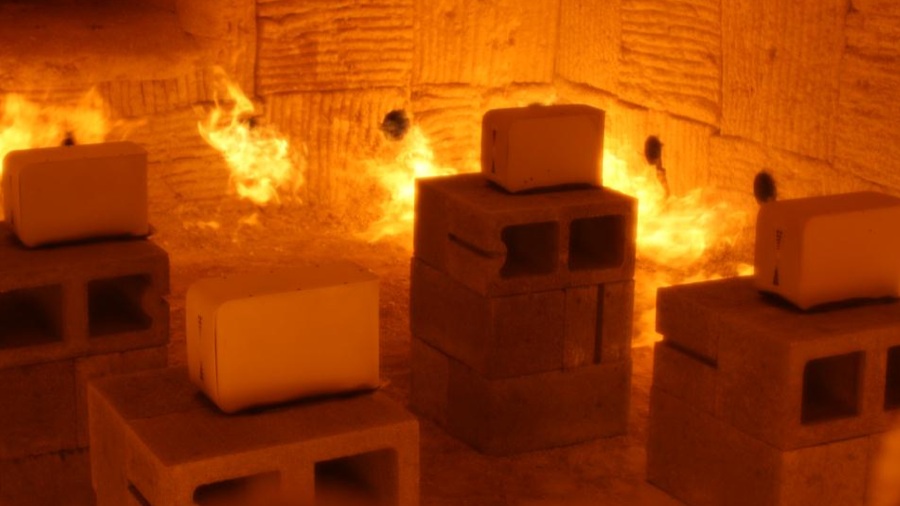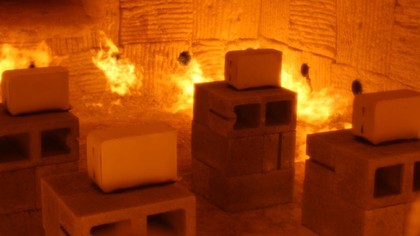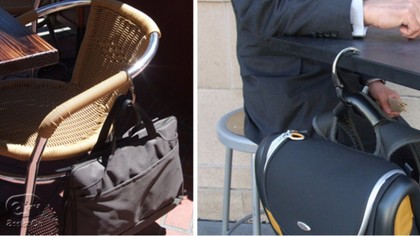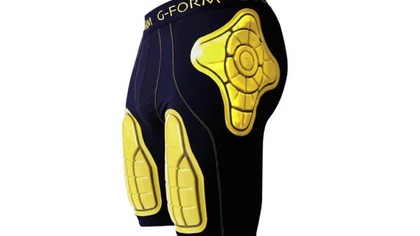Tech designed to last: 6 of the best
The products designed to last more than five minutes

Gadgets are not immune from the second law of thermodynamics: they tend to break down. Your new iPhone 4S eventually shows wear and tear (not to mention a few dents and even screen cracks).
An tablet that looks shiny and new one day starts to age over time with grime and dust. Fortunately, laptops, phones, televisions, and even cars are made with long-lasting materials.
These products were designed to last beyond a few months – they could even last a decade.
1. Xplore iX104C5 Rugged Tablet
Rugged laptops and tablets are meant for abuse. They are often used by military personnel and in extreme outdoor conditions. In designing the Xplore iX104C5 Rugged Tablet, engineers at Xplore took a few unusual steps to make sure the product can last. For starters, they used a SSD drive instead of an older magnetic drive commonly used on rugged laptops and tablets.
An SSD drive is much less susceptible to damage and data loss if you drop the tablet. Another major feature that helps the tablet last longer: many components like IO modules and memory cards can be repaired in the field, often by removing just one screw and popping in a replacement part. This means users can do repairs in the field. The tablet uses a magnesium chassis, bumpers to dampen shock, and a rugged internal frame.
2. Moshi
Making a screen protector for the iPad might seem simple. Just fuse a sheet of plastic to a sheet of adhesive and you're done. With the Moshi iVisor XT, the screen protector was tested using thermal cycling techniques: placed in cold and hot conditions repeatedly to make sure the sheet withstands abuse.
The cycling occurs quickly (in case someone uses the product in the car outside and then steps into the house where the heat is blasting) at a range of 28-degrees over a 24-hour period. Moshi uses Statistical Process Control (SPC) during the manufacturing to ensure quality.
Sign up for breaking news, reviews, opinion, top tech deals, and more.
This means, they track every slight change in the product from the first prototype through to the final product sold at retail. They might record a slight change in the adhesive strength at one particular edge or material stitching changes.
The reason SPC helps ensure quality is due to the changes that occur when a product is made at high volume compared to the prototypes. They determine changes in the manufacturing that lead to the best cost-savings but still match the quality of the first prototypes – without it, final products would suffer.

3. Pelican HardBack Series Case
Pelican makes cases for tablets, cameras, and other tech gear. The cases meet the MIL-SPEC and STANAG rugged testing requirements, which includes drop tests, impact with a 25-pound dart, water submersion, and extreme hot and cold exposure.
They also use Finite Element Analysis (FEA) modeling, a computer simulation that tests engineering quality – essentially, a virtual drop test. In the simulations, engineers can see what happens structurally when a case is dropped or crushed. Most importantly, when the physical tests are performed, they use a batch of prototypes with several different testers to avoid any surprises.
The cases are made from a polypropylene polymer blend they developed over the last 30 years, instead of relying on existing polymers created for other products.

4. IoSafe Solo G3
One of the true killers for electronics is plastic. While many gadgets will last for several months, if they are made from plastic, it is just a matter of time before the enclosure breaks. Surprisingly, even many network-attached servers and external drives use a plastic case.
The IoSafe Solo G3 is a rugged external drive protected by a metal case and a unique airflow system. "During a fire, the water that's chemically bound inside the insulation steams away, effectively creating a positive pressure space around the hard drive which is continuously exhausted out the vents. The damaging heat can't penetrate the vents because the net flow is always outward," says Robb Moore, the IoSafe CEO.
Moore says the Solo G3 is tested extensively for cooling, reliability, and fire protection. The drive is blasted with flames and heated to 1500F for sustained periods – a temperature that would melt most drives. His says the drive is like an aircraft black box that can last for years.

5. Clipa
The Clipa is a simple gadget – you can use it to hang a laptop bag or backpack on a railing or on a chair. The idea is that the clip works like a small hanger. To make sure the product will last, developer TopCor used high strength zinc-aluminum.
During the design phase, the company performed a load test at least 50,000 times, performed abrasion tests on the finish, and tested the spring on the clip up to 250,000 times to make sure the product will last. The tests are conducte don a machine that cycles once per second, or about 86,000 tests per day. They found the clip can hold up to 75-pounds and will break at around 95- to 130-pounds.
Interestingly, they also tested a lubricant used on the backpack clip during the strength tests and found the right blend of a synthetic food grease.

6. G-Form Crash Shorts
G-Form is well-known for the protective cases for the iPhone and the iPad. This new line of protective clothing, including these crash shorts and a padded shirt, uses the same Reactive Protection Technology as the iPad case. The material is made to flex in and then return to the previous state.
The shorts use a material called Thermo Plastic Urethane that is water-resistant and can withstand abrasions. The shorts are designed to withstand heavy abuse, and were tested to withstand commercial laundering, so they will not degrade over repeated use.


John Brandon has covered gadgets and cars for the past 12 years having published over 12,000 articles and tested nearly 8,000 products. He's nothing if not prolific. Before starting his writing career, he led an Information Design practice at a large consumer electronics retailer in the US. His hobbies include deep sea exploration, complaining about the weather, and engineering a vast multiverse conspiracy.